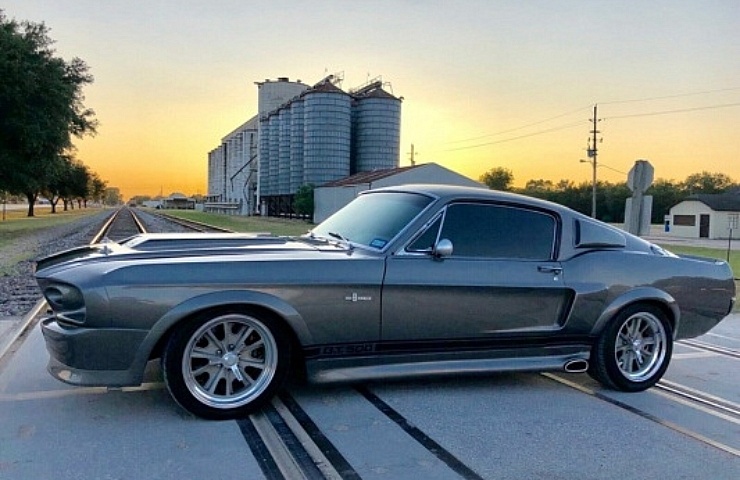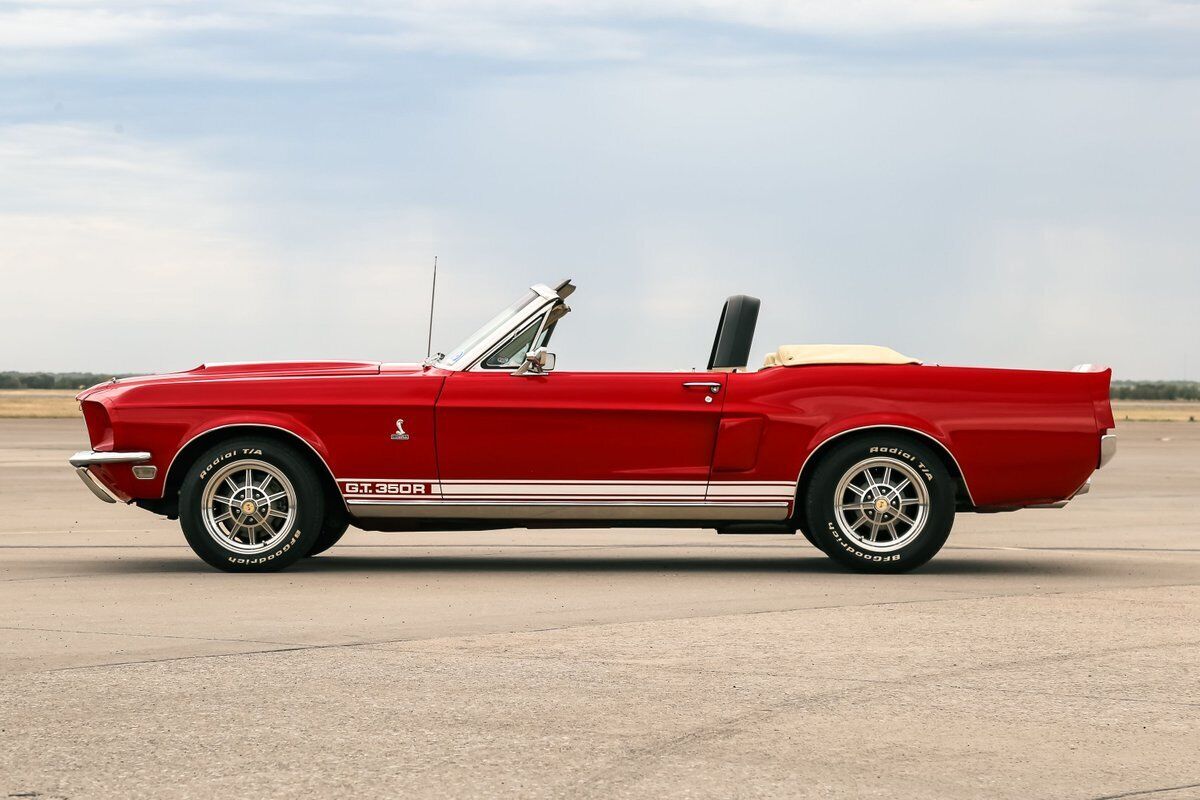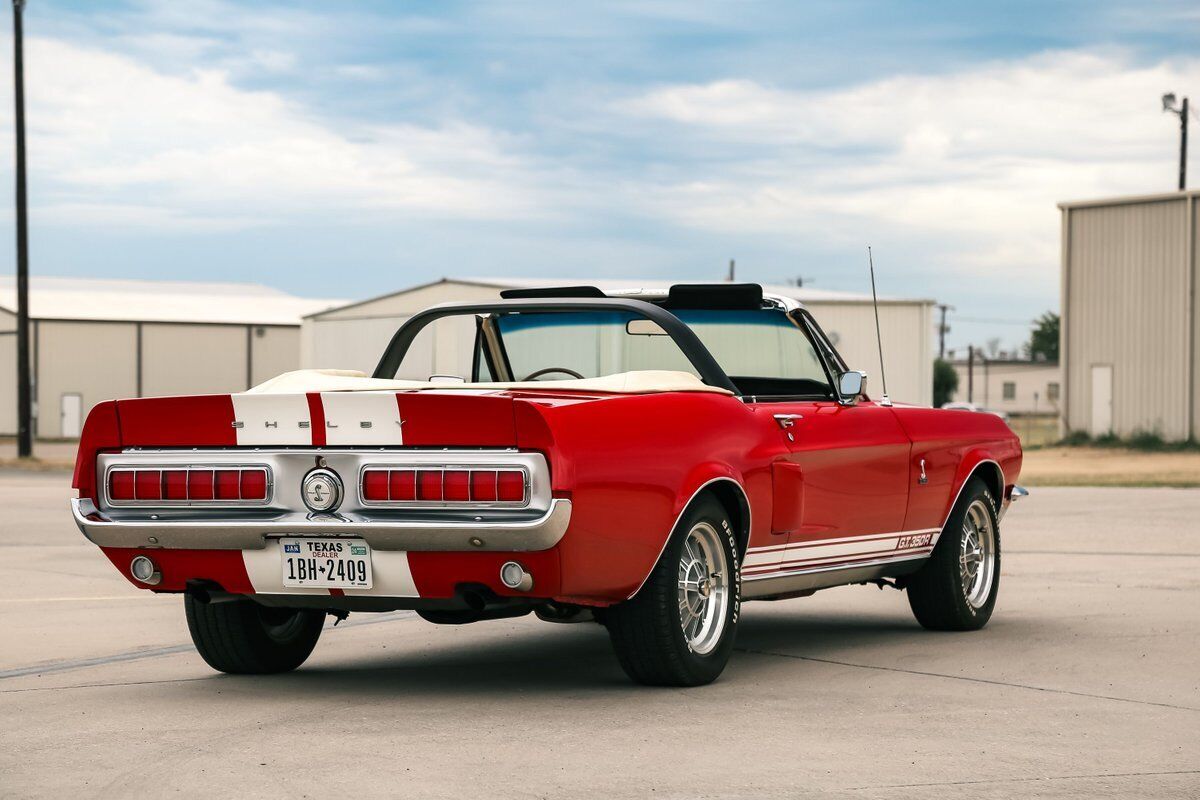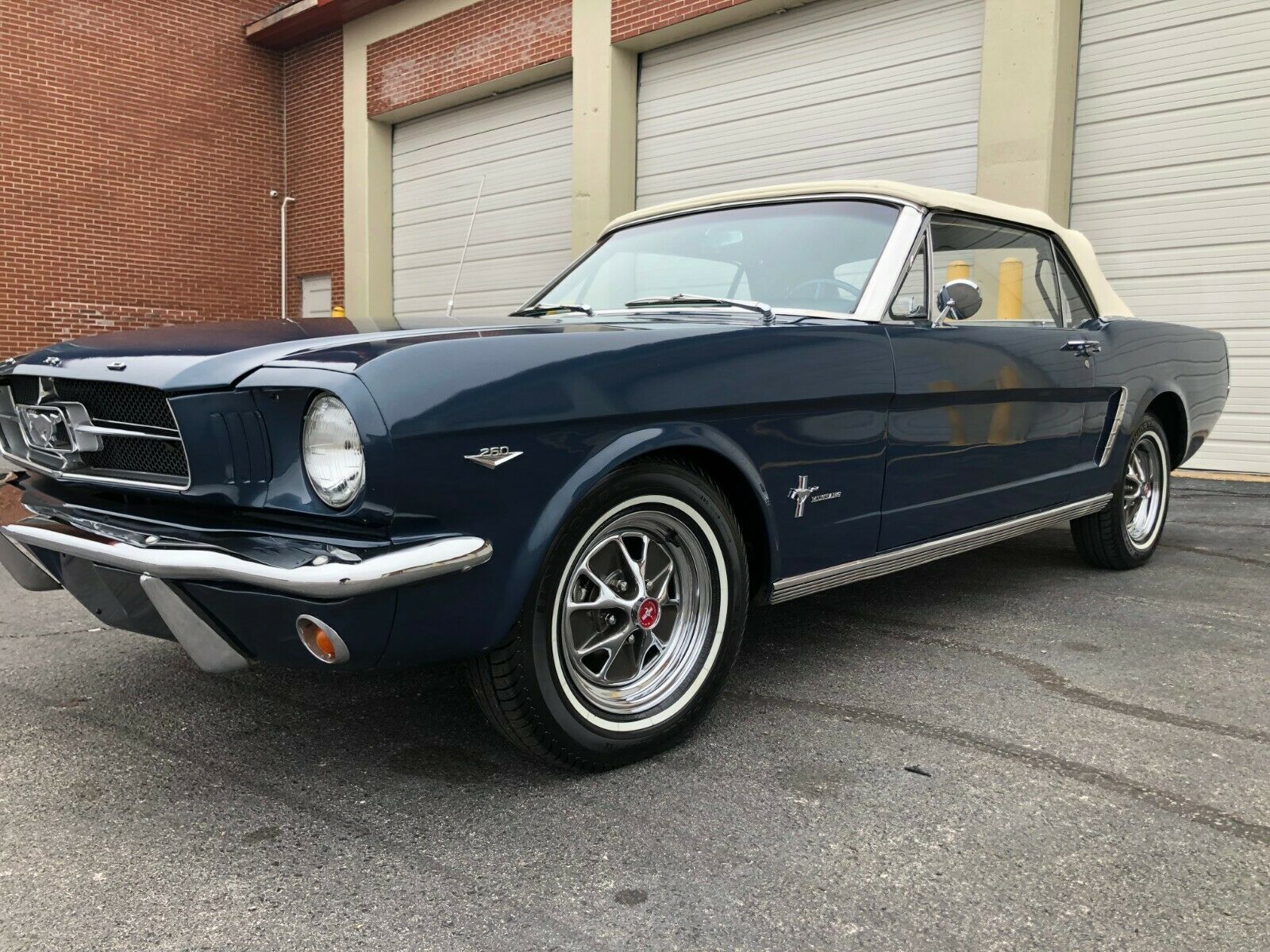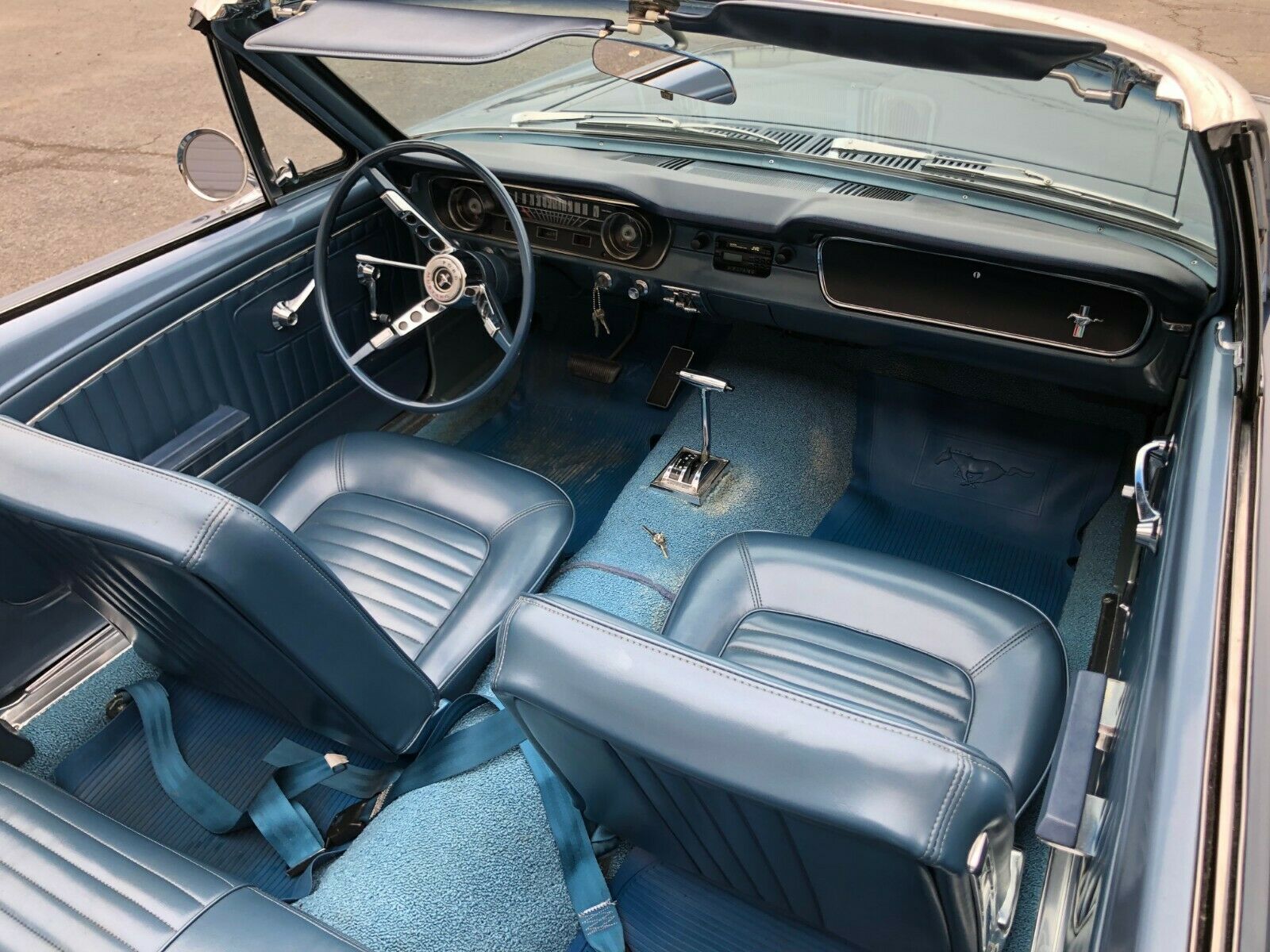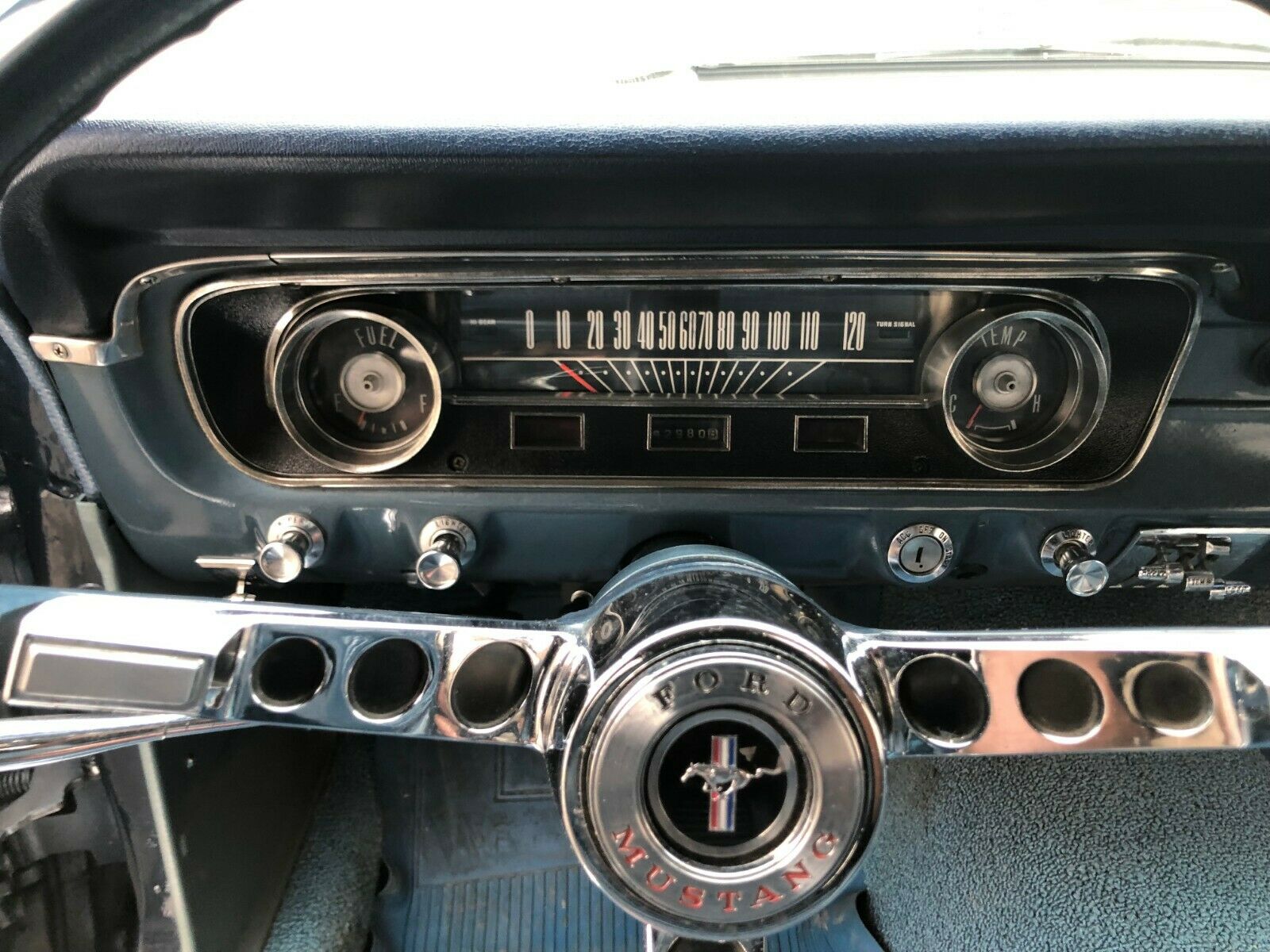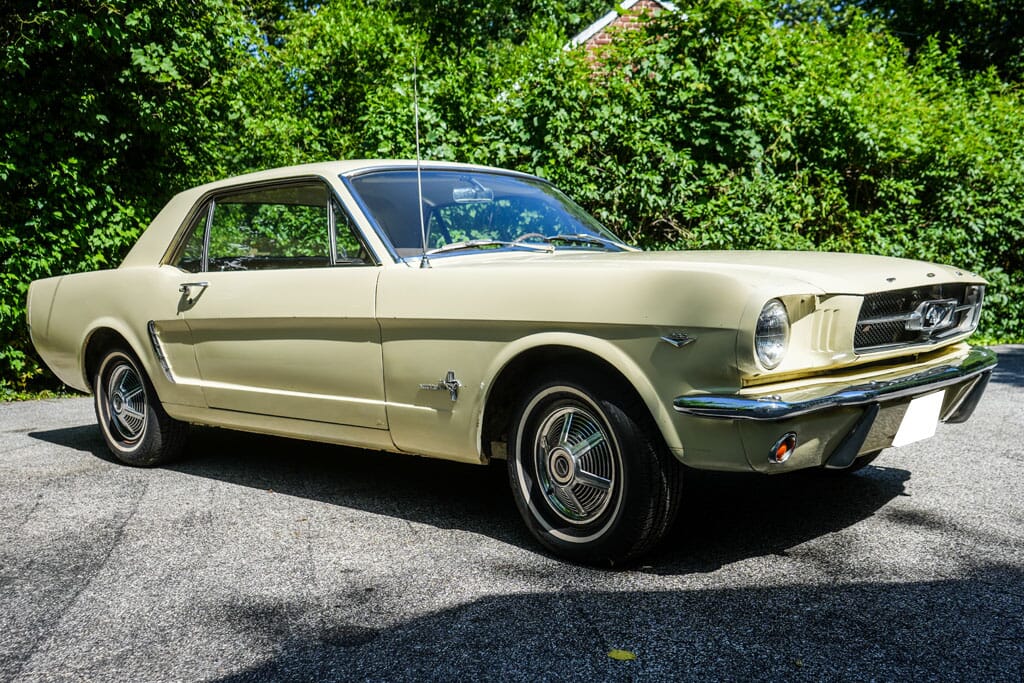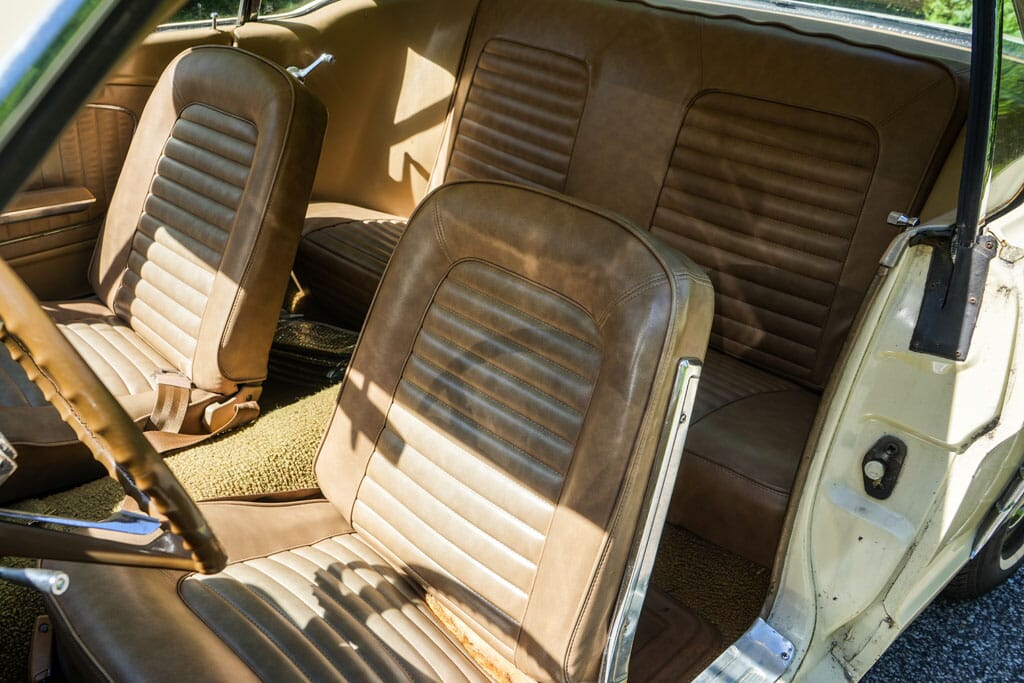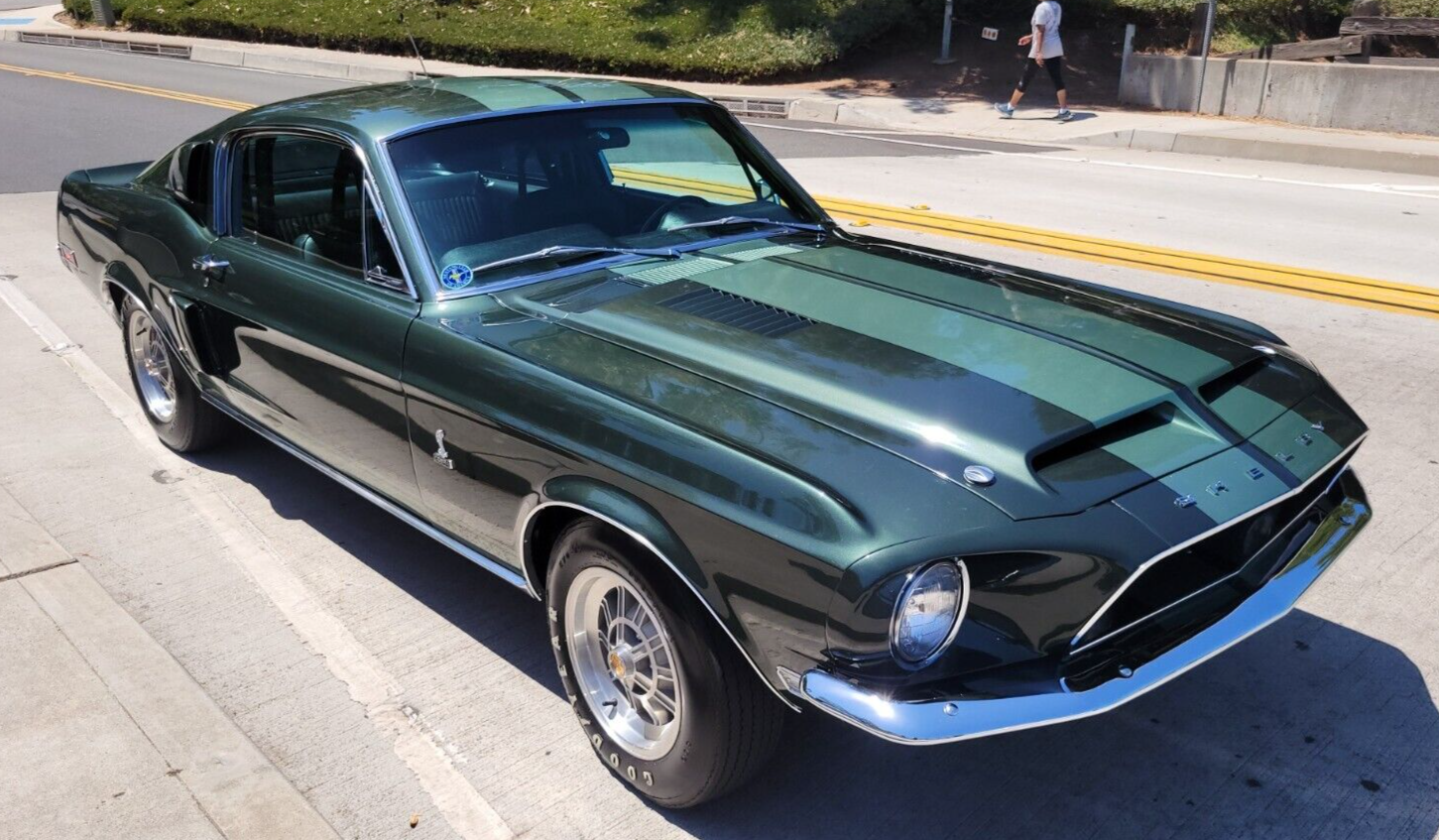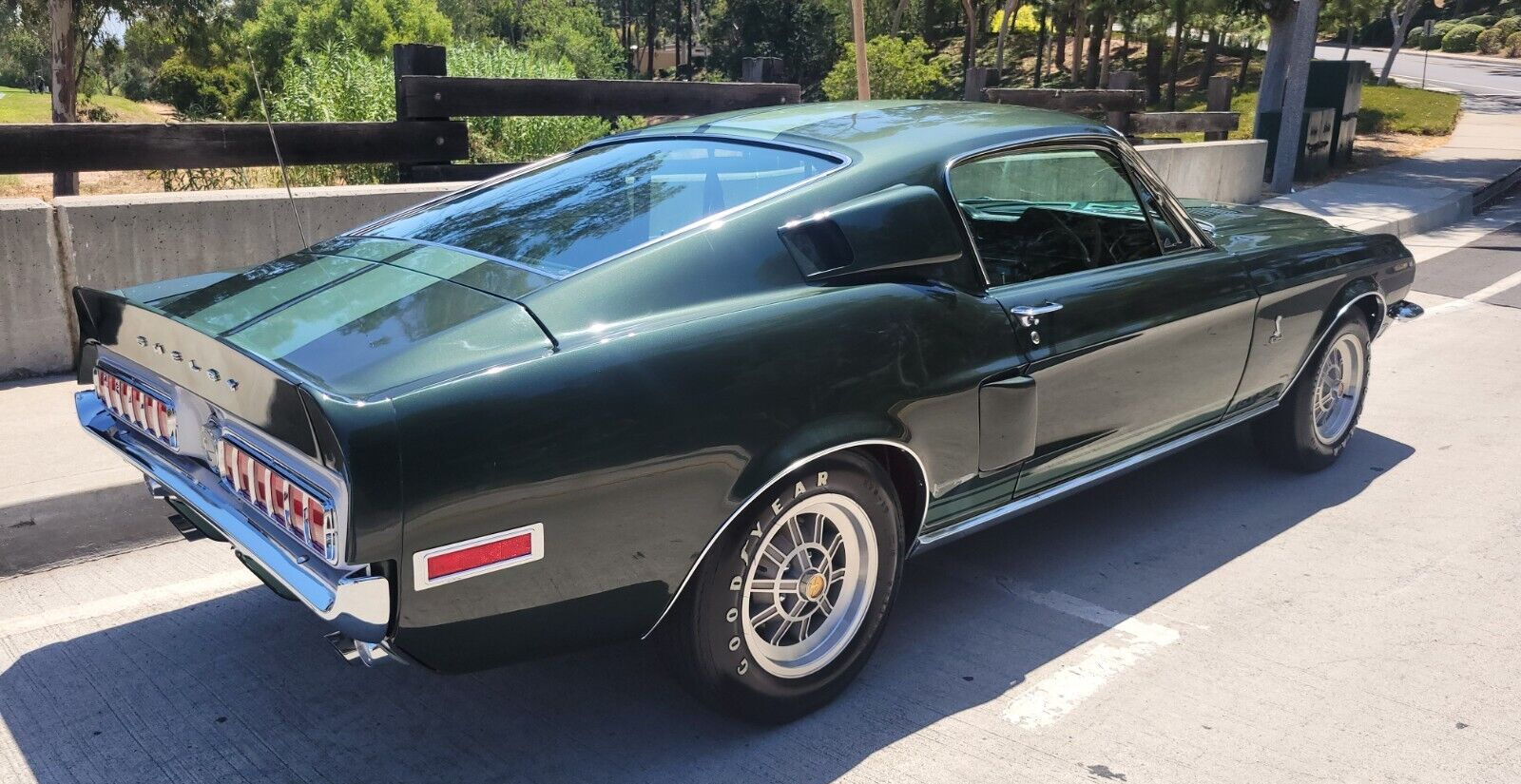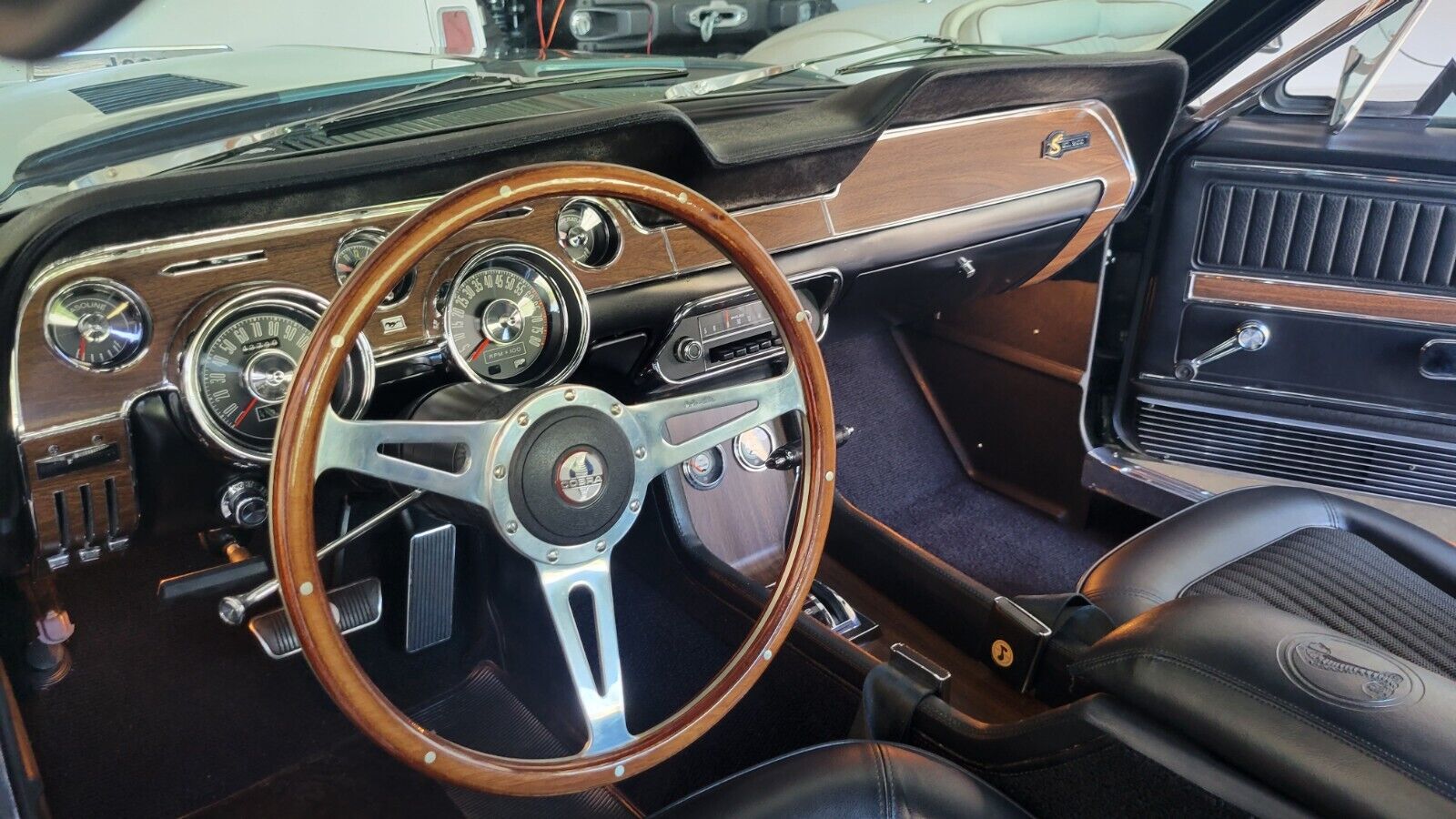Go to any local car show, and you will see at least a few first-generation Mustangs—if not a small herd. Early Mustangs are everywhere. After all, in the first few years after the Mustang’s introduction in 1964, Ford sold over 2 million units.
In that era, a mainstream sedan was considered a massive hit if a few hundred thousand were sold. Meanwhile, Ford delivered Mustang sports cars by the millions. The wild popularity of the first-generation Mustang 60 years ago makes them ever-present in today’s classic-car market. That’s a big reason why Mustangs made between 1964 and 1968 are the ultimate first classic cars for an aspiring enthusiast.
First-Generation Mustang Parts Are Everywhere
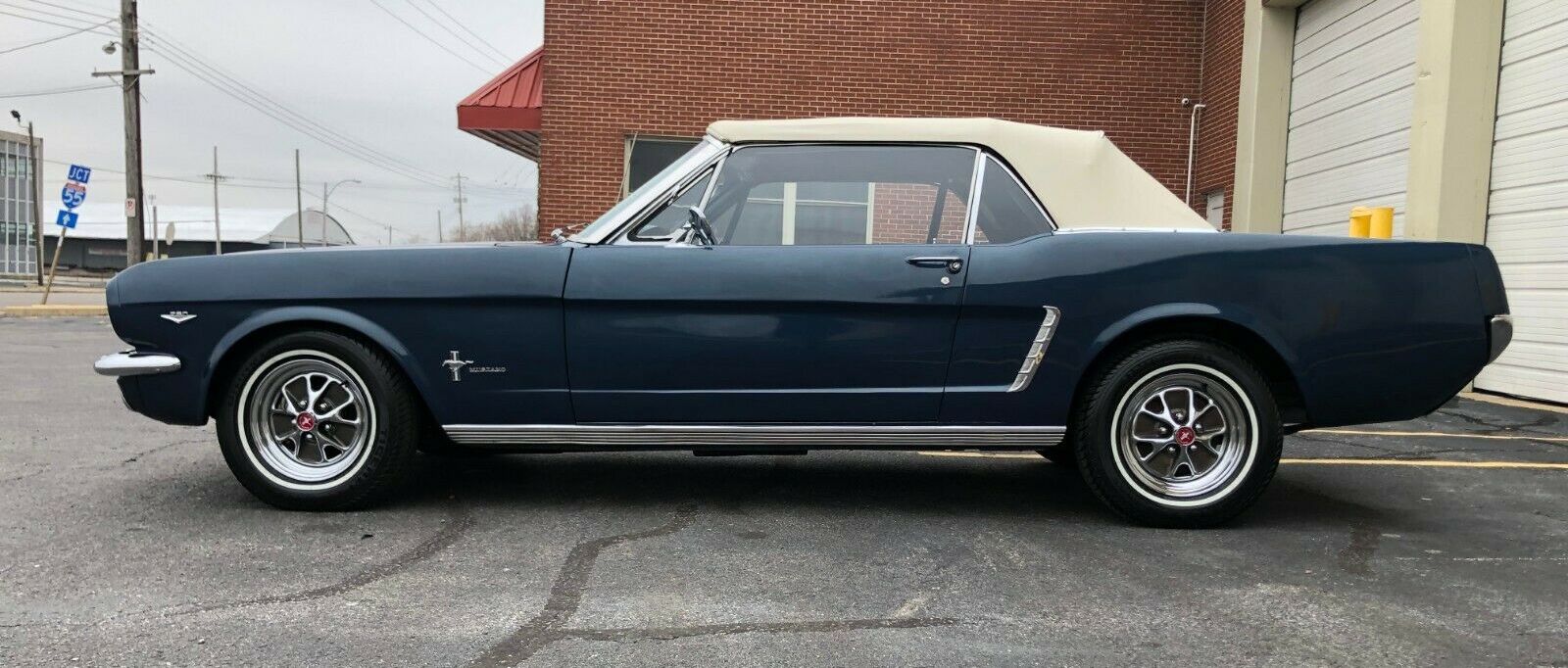
A nicely refreshed 1964-1/4 Ford Mustang Convertible in Caspian Blue
Successful classic-car restorations depend on the availability of parts. A rare or obscure vintage automobile is terrific, but a restoration project can get stalled by a long search for one critical part. eBay Motors is the first place to check for otherwise unobtainable parts. But the quest for parts will never be difficult if you own an early Ford Mustang.
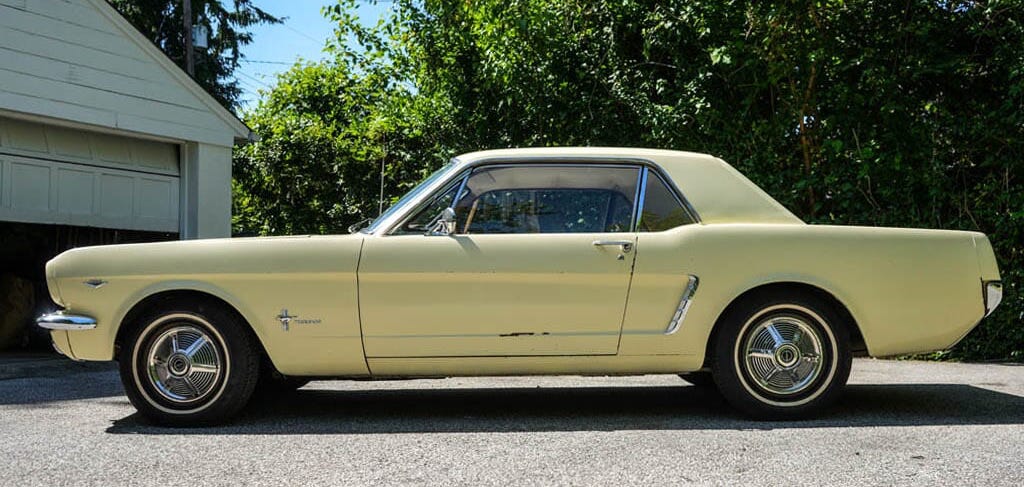
1965 Mustang Coupe in Wimbledon White
When millions of the same model are on the road, you can count on an equal number of available replacement Mustang parts. Besides, many parts used on first-generation Mustangs were also used in later years.
For example, the basic Ford Windsor V-8 found in most of these Mustangs was used in production cars until 2002. They can still be purchased as Ford crate engines on eBay Motors.
Horses of Different Colors
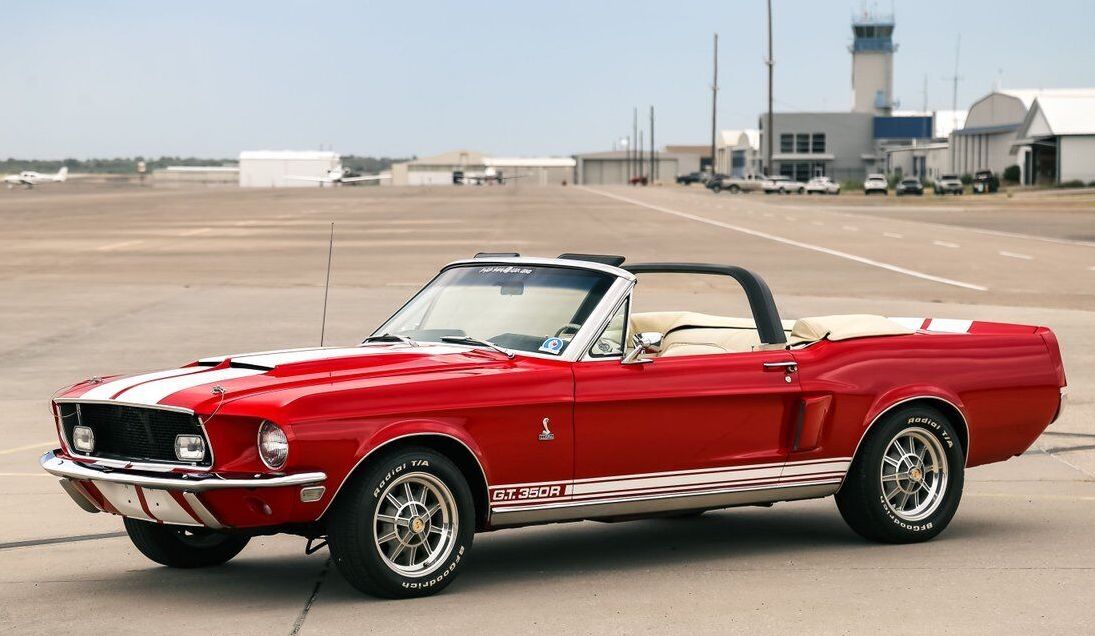
The “R” in this super clean 1968 Convertible GT350R stands for “replica.”
The Mustang’s popularity doesn’t mean they are all lookalikes. On the contrary, variety abounds in the Mustang world. Ford offered three different body styles: a hardtop (sometimes called a notchback), a fastback, and a convertible. The Blue Oval also provided two different entry-level inline-six-cylinder engines and several different V-8s in the first-generation Mustang. The eight-cylinder engines ranged from 260 to 428 cubic inches in various states of tune.
Beyond that, legendary race team Shelby applied its unique blend of magic and speed to the Mustang, creating the Shelby GT350. Meant initially for road racing, the GT350 also hit the streets as a thrilling performance car.
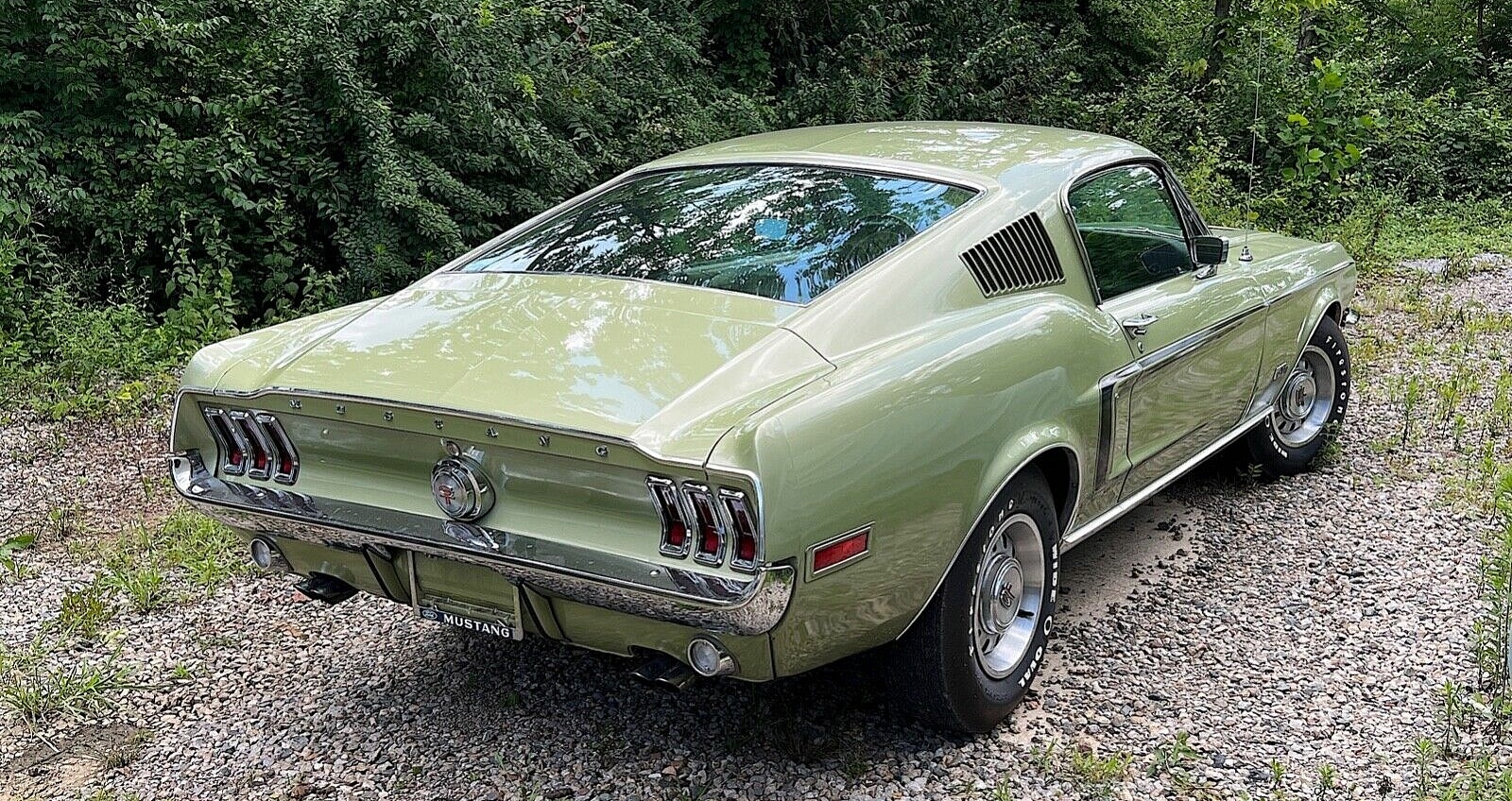
A clean and original lime green 1968 Ford Mustang GT Fastback
The early Mustang is also a movie star. It was featured in Bullitt, Steve McQueen’s iconic car film. One of the ’68 Mustang GT Fastbacks used in the movie sold at auction for $3.7 million.
Make It Your Own
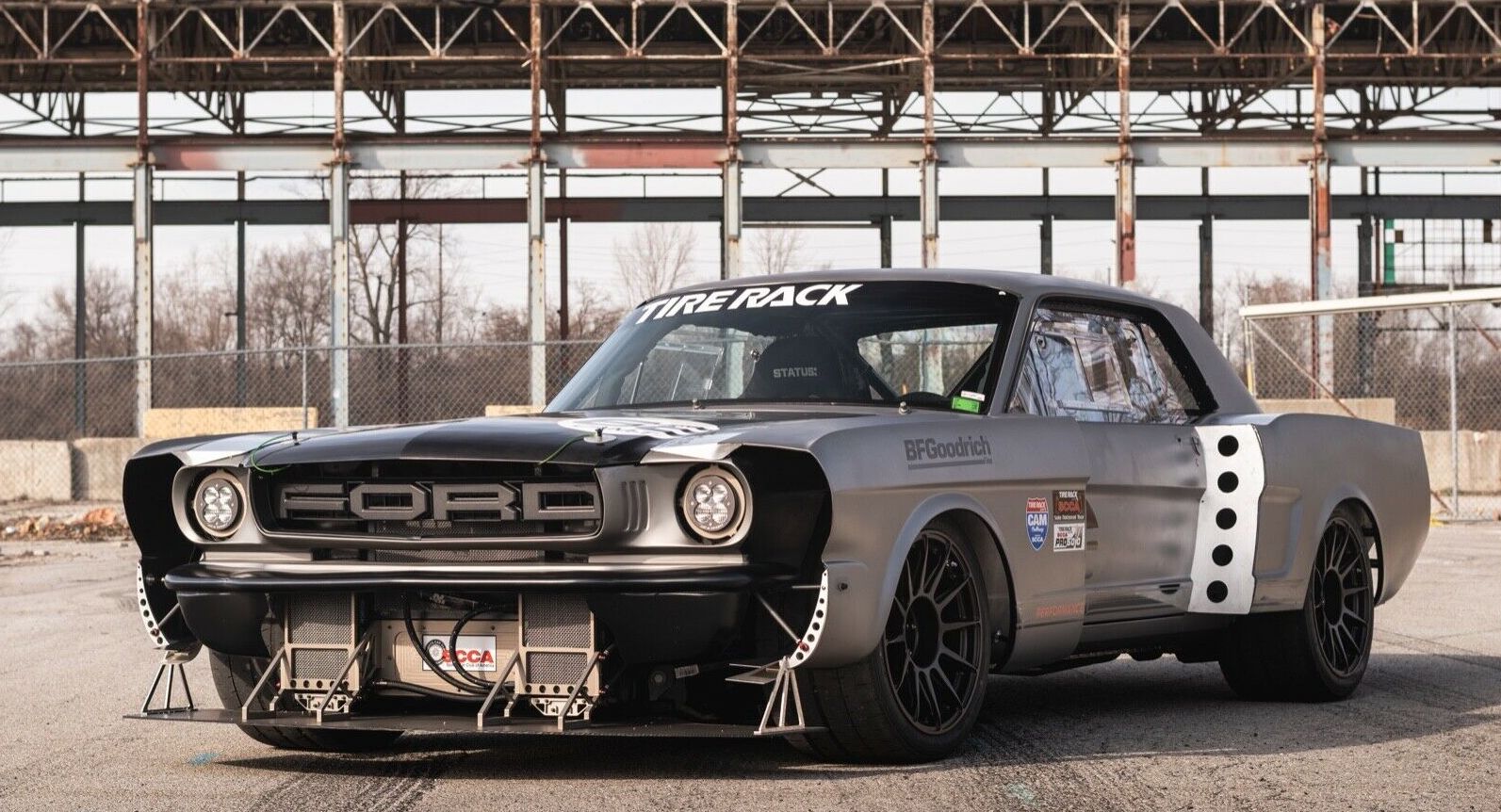
This highly modded 1965 Mustang Coupe is a street legal track car.
The variety available with these early Mustangs means you can customize the car. The aftermarket had more than 50 years to develop, so the number of Mustang-related products is practically endless.
Mechanically the entire run from 1964 through 1973 is very similar, although we prefer the cars from 1968 and earlier. They were generally lighter and nimbler. Regardless, the long production run and parts interchangeability make keeping an early Mustang running a snap.
Best of all, a patient and strategic Mustang buyer can still find bargains. An example with an inline-six is often thousands of dollars less than an early Mustang fitted with a V-8 engine. And, you can upgrade to V-8 power down the road.
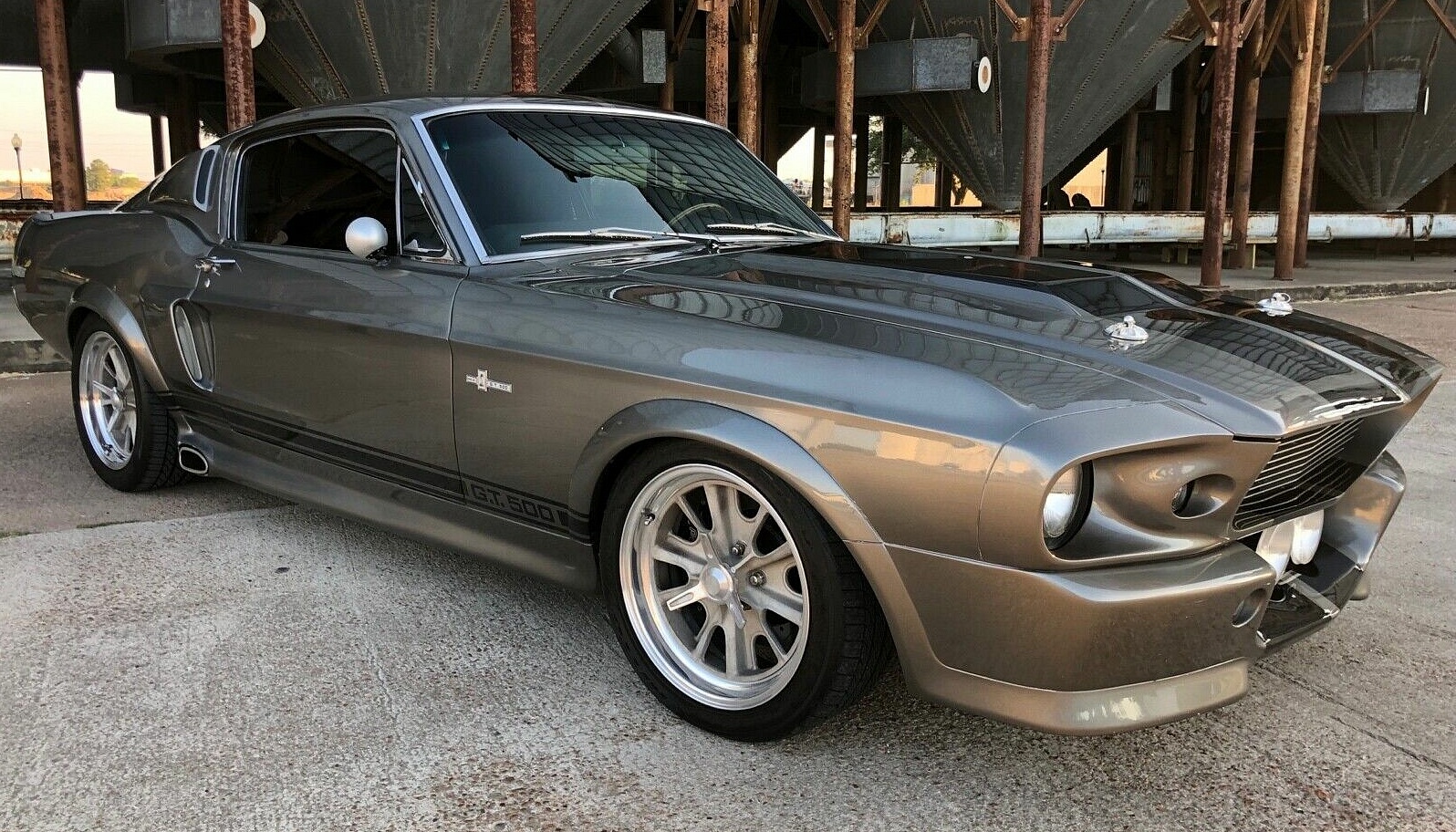
Does this 1967 Mustang Fastback look familiar?
These benefits explain why you see early Mustangs everywhere. Ask around at your next car show to see if anyone will let you sit in their car for a few minutes. Or maybe go for a ride. Once that key is turned, and you feel the rumble of the small-block Ford, you’ll know it’s time to put a pony in your stable.
If you’re not a Mustang fan, which car would you recommend as a first classic? Add to the comments below.

